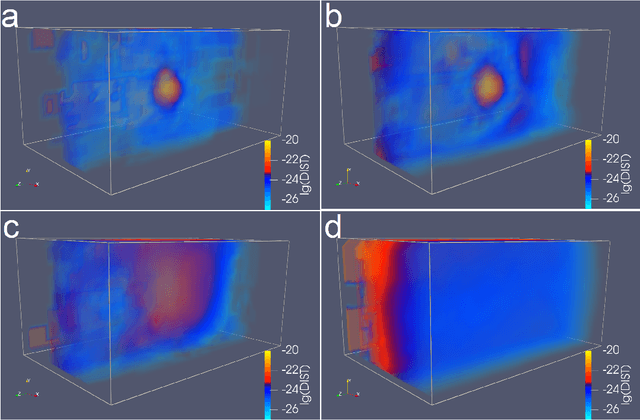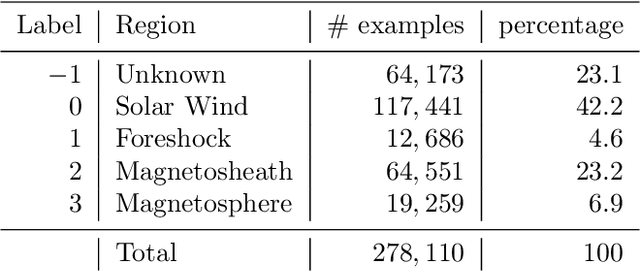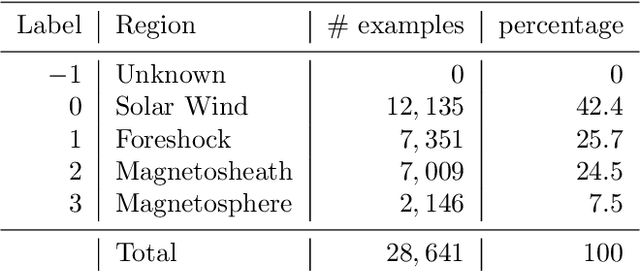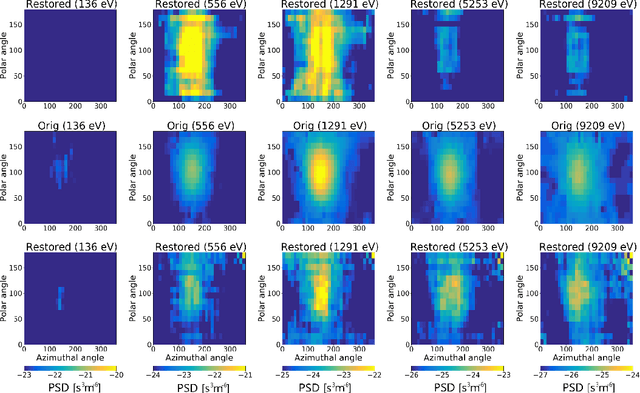Gian Luca Delzanno
AI in Space for Scientific Missions: Strategies for Minimizing Neural-Network Model Upload
Jun 20, 2024



Abstract:Artificial Intelligence (AI) has the potential to revolutionize space exploration by delegating several spacecraft decisions to an onboard AI instead of relying on ground control and predefined procedures. It is likely that there will be an AI/ML Processing Unit onboard the spacecraft running an inference engine. The neural-network will have pre-installed parameters that can be updated onboard by uploading, by telecommands, parameters obtained by training on the ground. However, satellite uplinks have limited bandwidth and transmissions can be costly. Furthermore, a mission operating with a suboptimal neural network will miss out on valuable scientific data. Smaller networks can thereby decrease the uplink cost, while increasing the value of the scientific data that is downloaded. In this work, we evaluate and discuss the use of reduced-precision and bare-minimum neural networks to reduce the time for upload. As an example of an AI use case, we focus on the NASA's Magnetosperic MultiScale (MMS) mission. We show how an AI onboard could be used in the Earth's magnetosphere to classify data to selectively downlink higher value data or to recognize a region-of-interest to trigger a burst-mode, collecting data at a high-rate. Using a simple filtering scheme and algorithm, we show how the start and end of a region-of-interest can be detected in on a stream of classifications. To provide the classifications, we use an established Convolutional Neural Network (CNN) trained to an accuracy >94%. We also show how the network can be reduced to a single linear layer and trained to the same accuracy as the established CNN. Thereby, reducing the overall size of the model by up to 98.9%. We further show how each network can be reduced by up to 75% of its original size, by using lower-precision formats to represent the network parameters, with a change in accuracy of less than 0.6 percentage points.
Automated classification of plasma regions using 3D particle energy distribution
Aug 27, 2019



Abstract:Even though automatic classification and interpretation would be highly desired features for the Magnetospheric Multiscale mission (MMS), the gold rush era in machine learning has yet to reach the science done with observations collected by MMS. We investigate the properties of the ion sky maps produced by the Dual Ion Spectrometers (DIS) from the Fast Plasma Investigation (FPI). Running the Principal Component Analysis (PCA) on a mixed subset of the data suggests that more than 500 components are needed to cover 80% of the variance. Hence, simple machine learning techniques might not deal with classification of plasma regions. Use of a three-dimensional (3D) convolutional autoencoder (3D-CAE) allows to reduce the data dimensionality by 128 times while still maintaining a decent quality energy distribution. However, k-means clustering computed over the compressed data is not capable of separating measurements according to the physical properties of the plasma. A three-dimensional convolutional neural network (3D-CNN), trained on a rather small amount of human labelled training examples is able to predict plasma regions with 99% accuracy. The low probability predictions of the 3D-CNN reveal the mixed state regions, such as the magnetopause or bow shock, which are of key interest to researchers of the MMS mission. The 3D-CNN and data processing software could easily be deployed on ground-based computers and provide classification for the whole MMS database. Data processing through the trained 3D-CNN is fast and efficient, opening up the possibility for deployment in data-centers or in situ operation onboard the spacecraft.
 Add to Chrome
Add to Chrome Add to Firefox
Add to Firefox Add to Edge
Add to Edge